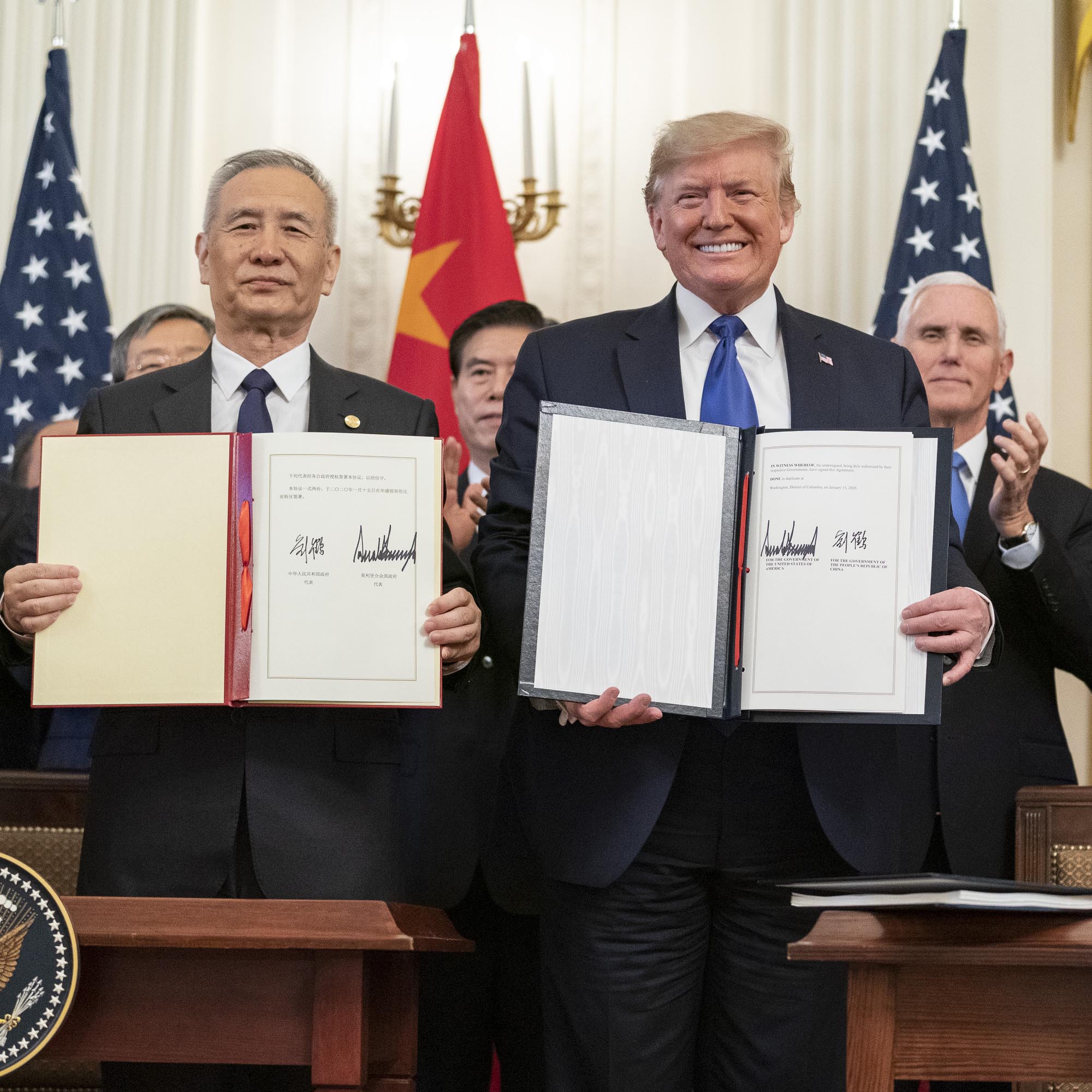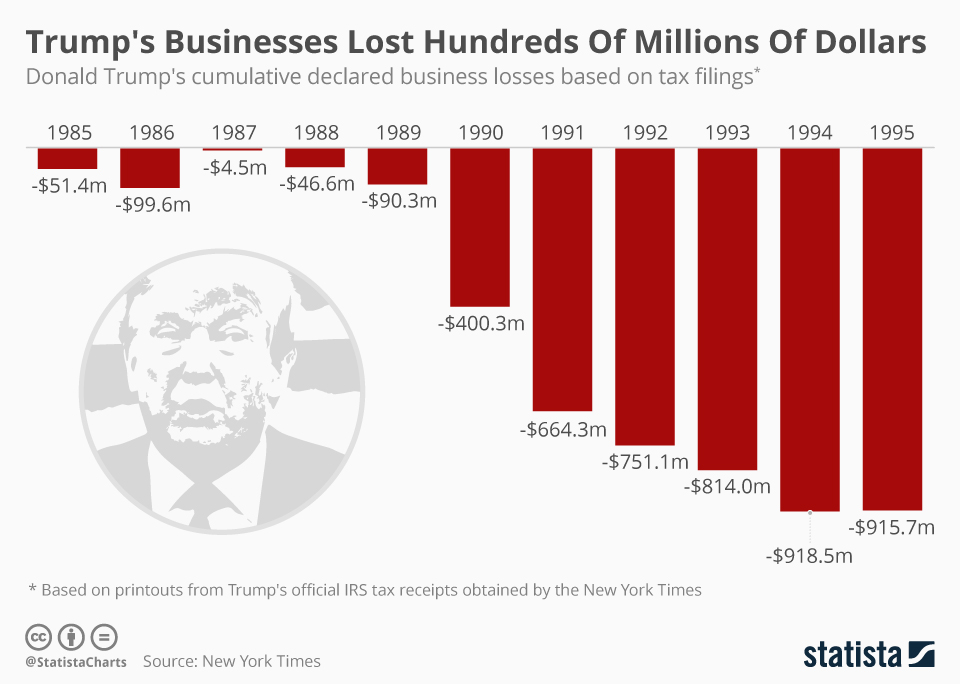The US And China Trade Deal: A Detailed Analysis Of The Resolution

Table of Contents
Key Provisions of the US-China Trade Deal
The US-China trade relationship has been defined by a series of agreements and negotiations, most notably the "Phase One" deal. Let's break down its key components and subsequent developments.
Phase One Agreement: A First Step Towards Resolution
The Phase One agreement, signed in January 2020, represented a significant, albeit partial, de-escalation of the trade war. Key provisions included:
-
Increased Agricultural Purchases by China: China committed to significantly increasing its purchases of American agricultural products, aiming to boost US farm exports. This included soybeans, corn, pork, and other agricultural goods. The projected increase was substantial, aiming to alleviate the negative impact of tariffs on the American agricultural sector. However, China's actual purchases fell short of the targets set, leading to ongoing concerns.
-
Intellectual Property Protection Commitments: China pledged to strengthen its intellectual property rights (IPR) protections, addressing long-standing US concerns about theft and forced technology transfer. This included commitments to combat counterfeiting, improve patent enforcement, and enhance protection for trade secrets. The effectiveness of these commitments remains a subject of ongoing debate and scrutiny.
-
Currency Manipulation Clauses: The agreement included provisions aimed at preventing China from manipulating its currency to gain an unfair trade advantage. While the specifics were somewhat vague, it represented a symbolic commitment to fair currency practices. However, the lack of concrete mechanisms for enforcement caused skepticism.
-
Dispute Resolution Mechanisms: The agreement established a framework for resolving future trade disputes, aiming to provide a more structured and predictable mechanism for addressing disagreements. However, the effectiveness of these mechanisms remains to be seen, given the complexities of resolving trade disputes between two such powerful economies.
Subsequent Developments and Negotiations: A Path of Continued Tension?
Following the Phase One agreement, the relationship remained complex. Subsequent negotiations and developments included:
-
Areas of Continued Tension: Significant disagreements persisted on issues such as technology transfer, cybersecurity, and state-owned enterprises. These areas continue to represent substantial hurdles in achieving a more comprehensive trade agreement.
-
New Trade Barriers: Despite the Phase One agreement, both countries introduced new trade barriers at times, highlighting the ongoing challenges in building trust and establishing long-term stability. This underscores the fragility of the existing agreements and the underlying geopolitical tensions.
-
Attempts at De-escalation: While significant breakthroughs have been lacking, both sides have intermittently engaged in efforts to de-escalate tensions and find common ground on specific trade issues. However, broader structural issues and differing economic priorities continue to impede progress towards a more comprehensive and lasting agreement.
Economic Impacts of the US-China Trade Deal
The US-China trade deal has had profound and multifaceted economic impacts on both nations.
Impact on US Economy: A Mixed Bag
The effects on the US economy have been mixed:
-
Changes in Import/Export Prices: Tariffs imposed during the trade war led to increased prices for some goods, impacting American consumers. While some sectors benefited from increased exports (like agriculture, initially), others faced challenges due to reduced access to Chinese markets.
-
Effects on Specific Industries: The agricultural sector experienced a period of initial relief following the Phase One agreement, although the benefits have not been uniformly distributed across all agricultural products. Manufacturing sectors felt the impact of tariffs and supply chain disruptions, leading to job losses in some areas.
-
Job Creation/Loss: The net effect on job creation and loss remains debated, with some sectors experiencing gains while others faced job losses due to shifting trade patterns. Accurate assessment requires careful consideration of various factors.
Impact on Chinese Economy: Navigating a Shifting Landscape
The impact on the Chinese economy has also been complex:
-
Changes in Domestic Consumption: Tariffs and trade disruptions have indirectly influenced domestic consumption patterns within China, with price increases and changes in product availability.
-
Effects on Chinese Industries: Certain Chinese industries reliant on exports to the US faced challenges due to tariffs and reduced demand. This led to adjustments in production and investment strategies within the affected sectors.
-
Impact on Foreign Investment: The trade disputes and subsequent agreements have influenced foreign investment decisions regarding China, impacting both inward and outward flows of capital.
Geopolitical Implications of the US-China Trade Deal
The US-China trade deal extends beyond economic impacts, significantly influencing global geopolitics.
Impact on Global Trade: Ripple Effects Across the Globe
The deal's influence on global trade is significant:
-
Effect on Supply Chains: The trade tensions and subsequent agreements have forced companies to reconsider their global supply chains, leading to diversification and potentially increased costs.
-
Impact on Other Countries' Trade Relations: The US-China dynamic has impacted the trade relations of other countries with both powers, leading to adjustments in their trade strategies and partnerships.
-
Impact on Multilateral Trade Organizations: The trade disputes have raised questions about the effectiveness and relevance of existing multilateral trade organizations in managing such significant bilateral tensions.
US-China Relations Beyond Trade: A Broader Geopolitical Context
The trade deal is just one facet of the complex US-China relationship:
-
Impact on Other Areas of Cooperation/Conflict: The trade tensions have spilled over into other areas of cooperation and conflict, including technology, human rights, and regional security issues.
-
The Future Trajectory of the Bilateral Relationship: The long-term trajectory of US-China relations remains uncertain, with the potential for both greater cooperation and continued conflict depending on how the two powers navigate their differing interests and ambitions.
Conclusion
The US-China trade deal, while significant, remains a complex and evolving issue. This analysis has examined its key provisions, its economic impacts on both nations, and its broader geopolitical implications. Understanding the intricacies of this agreement is crucial for navigating the complexities of global trade and international relations. For continued insights and updates on the US-China trade deal and its ramifications, follow our blog for further analysis and commentary. Stay informed about future developments in the evolving landscape of the US-China trade deal.

Featured Posts
-
 Padres Vs Yankees Game Prediction San Diegos Chances At A Seven Game Win Streak
May 16, 2025
Padres Vs Yankees Game Prediction San Diegos Chances At A Seven Game Win Streak
May 16, 2025 -
 Mls Injury Report Key Players Ruled Out For Saturdays Fixtures
May 16, 2025
Mls Injury Report Key Players Ruled Out For Saturdays Fixtures
May 16, 2025 -
 The Gop Mega Bill Details Disputes And The Legislative Fight
May 16, 2025
The Gop Mega Bill Details Disputes And The Legislative Fight
May 16, 2025 -
 Office365 Security Failure Millions Lost In Executive Email Hack
May 16, 2025
Office365 Security Failure Millions Lost In Executive Email Hack
May 16, 2025 -
 The Trump Interview Goldberg Reveals Unexpected Moments
May 16, 2025
The Trump Interview Goldberg Reveals Unexpected Moments
May 16, 2025
Latest Posts
-
 Barcelonas Public Rebuke Of Javier Tebas And La Ligas Actions
May 16, 2025
Barcelonas Public Rebuke Of Javier Tebas And La Ligas Actions
May 16, 2025 -
 Global Football And Ai La Ligas Leading Role
May 16, 2025
Global Football And Ai La Ligas Leading Role
May 16, 2025 -
 La Liga Live Barcelona Vs Real Betis Where To Watch And Free Streaming Options
May 16, 2025
La Liga Live Barcelona Vs Real Betis Where To Watch And Free Streaming Options
May 16, 2025 -
 Sharp Criticism From Barcelona Tebas And La Liga Accused Of Misconduct
May 16, 2025
Sharp Criticism From Barcelona Tebas And La Liga Accused Of Misconduct
May 16, 2025 -
 Watch Barcelona Vs Real Betis La Liga Match Live Stream Tv Listings And Kick Off Time
May 16, 2025
Watch Barcelona Vs Real Betis La Liga Match Live Stream Tv Listings And Kick Off Time
May 16, 2025
